Complete History of Park Güell
Follow the evolution of Gaudí’s visionary park — from its origins under Eusebi Güell to its global recognition as a UNESCO World Heritage Site.
Table of Contents
Origins & Early Vision
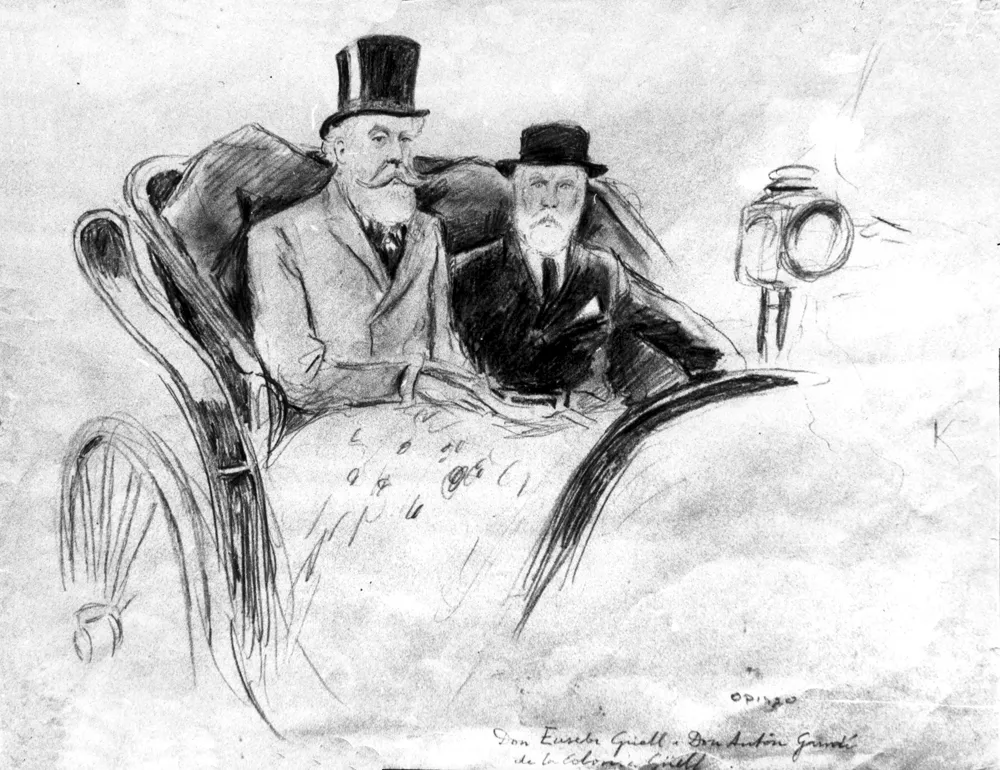
At the turn of the 20th century, industrialist Eusebi Güell commissioned Antoni Gaudí to design an exclusive residential garden city inspired by the English Garden City movement.
The project aimed to combine nature, architecture, and urban planning in a single cohesive space overlooking Barcelona.
Eusebi Güell’s Ambitious Project
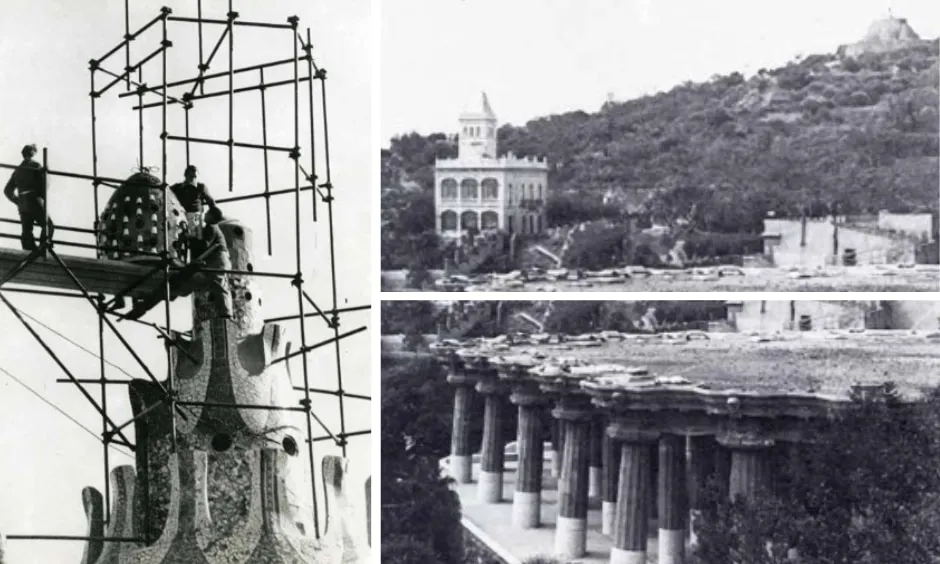
Eusebi Güell, a wealthy patron and admirer of Gaudí, envisioned a utopian community for Barcelona’s elite set amid landscaped gardens.
Gaudí was tasked with creating 60 luxury plots surrounded by communal spaces, winding paths, and panoramic terraces.
Construction & Gaudí’s Design (1900–1914)
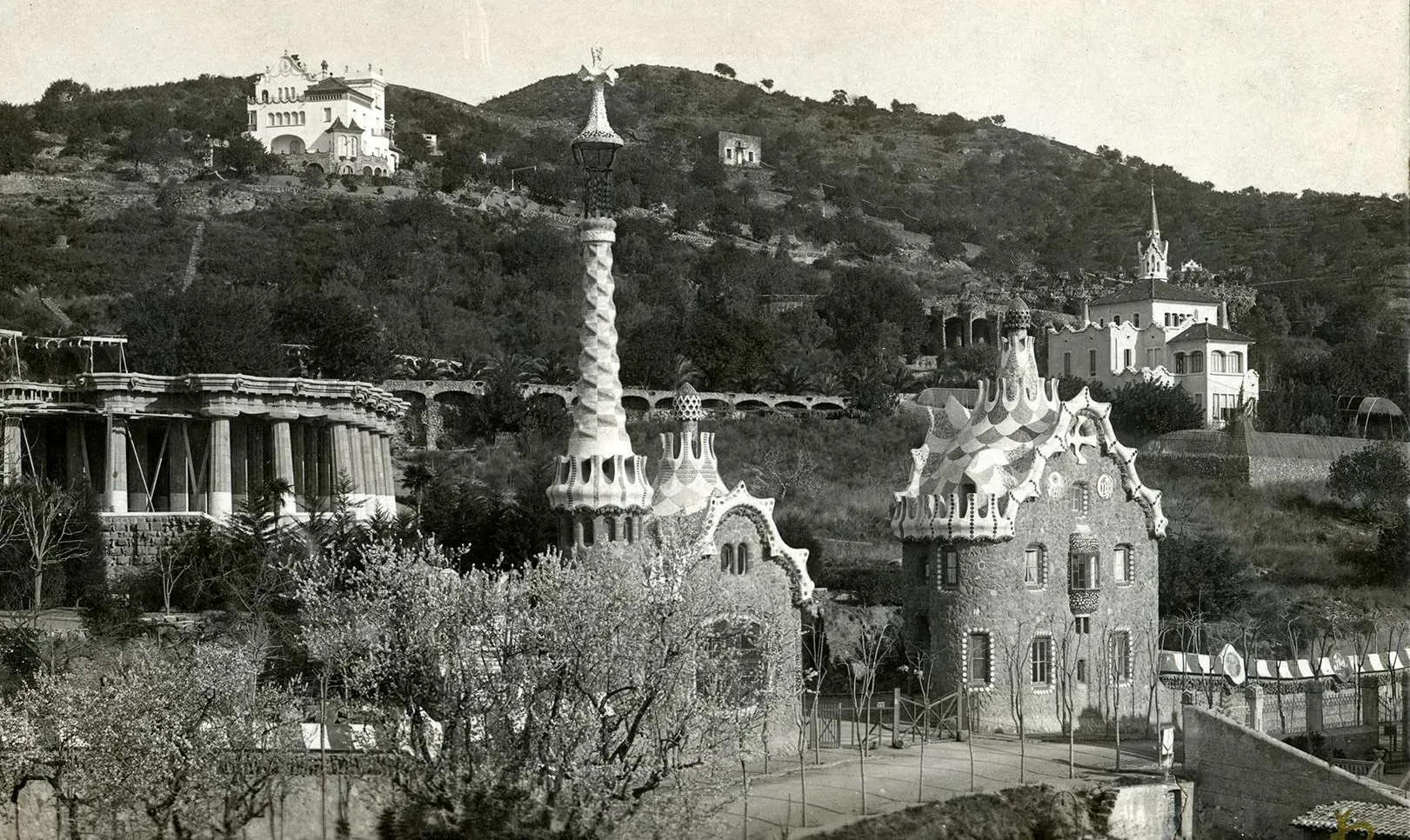
Construction began in 1900 and continued until 1914, featuring innovative engineering and artistic experimentation.
Despite Gaudí’s visionary work, the project failed commercially — only two houses were built, and the park was never completed as a residential estate.
Architectural & Artistic Features
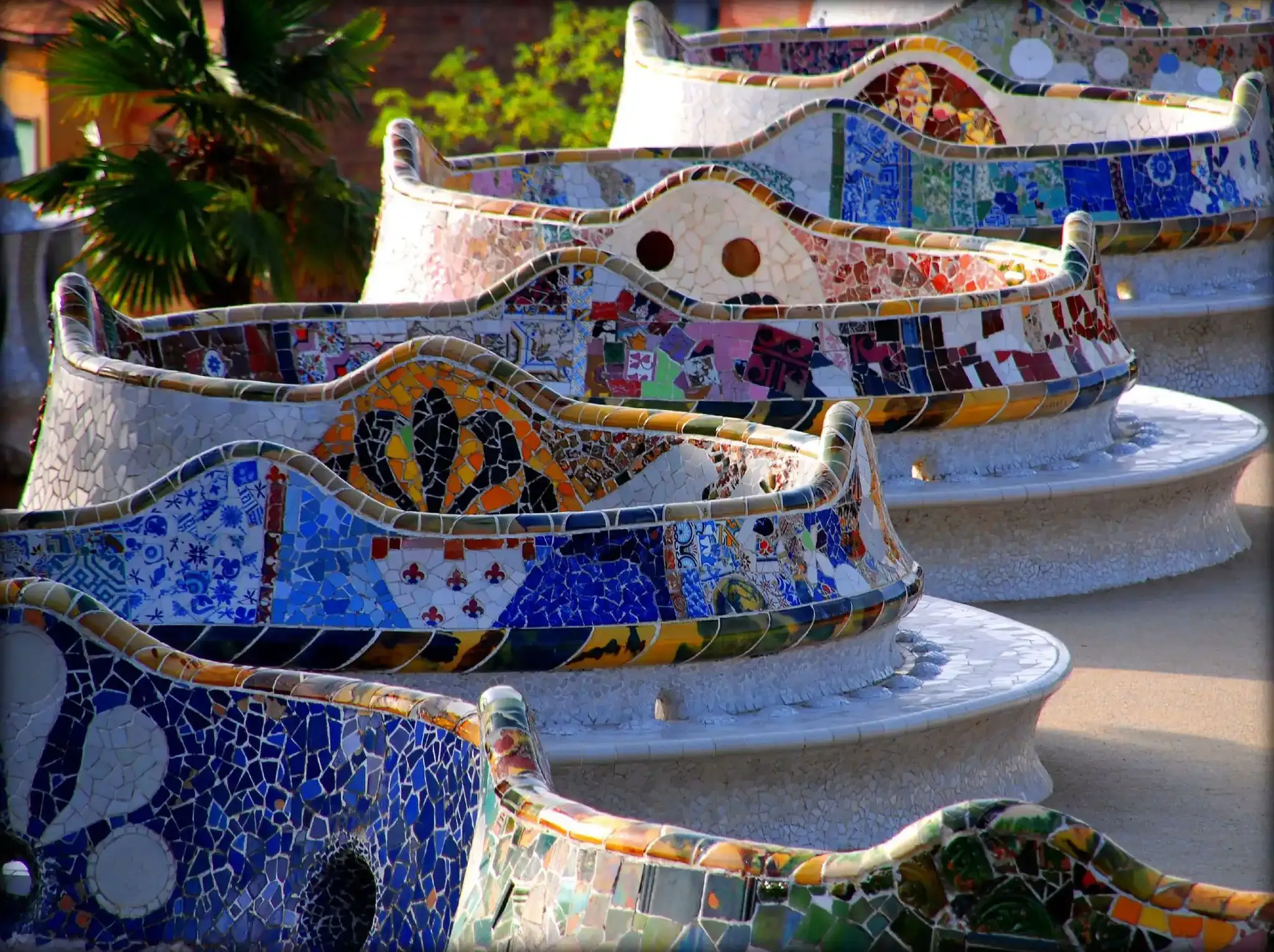
Gaudí’s design integrated Catalan Modernism with organic architecture, blending natural forms, structural ingenuity, and colorful trencadís mosaics made from recycled ceramics.
Iconic elements such as the dragon fountain, Hypostyle Hall, and serpentine bench exemplify his fusion of art, nature, and functionality.
Gaudí’s Residence at the Park
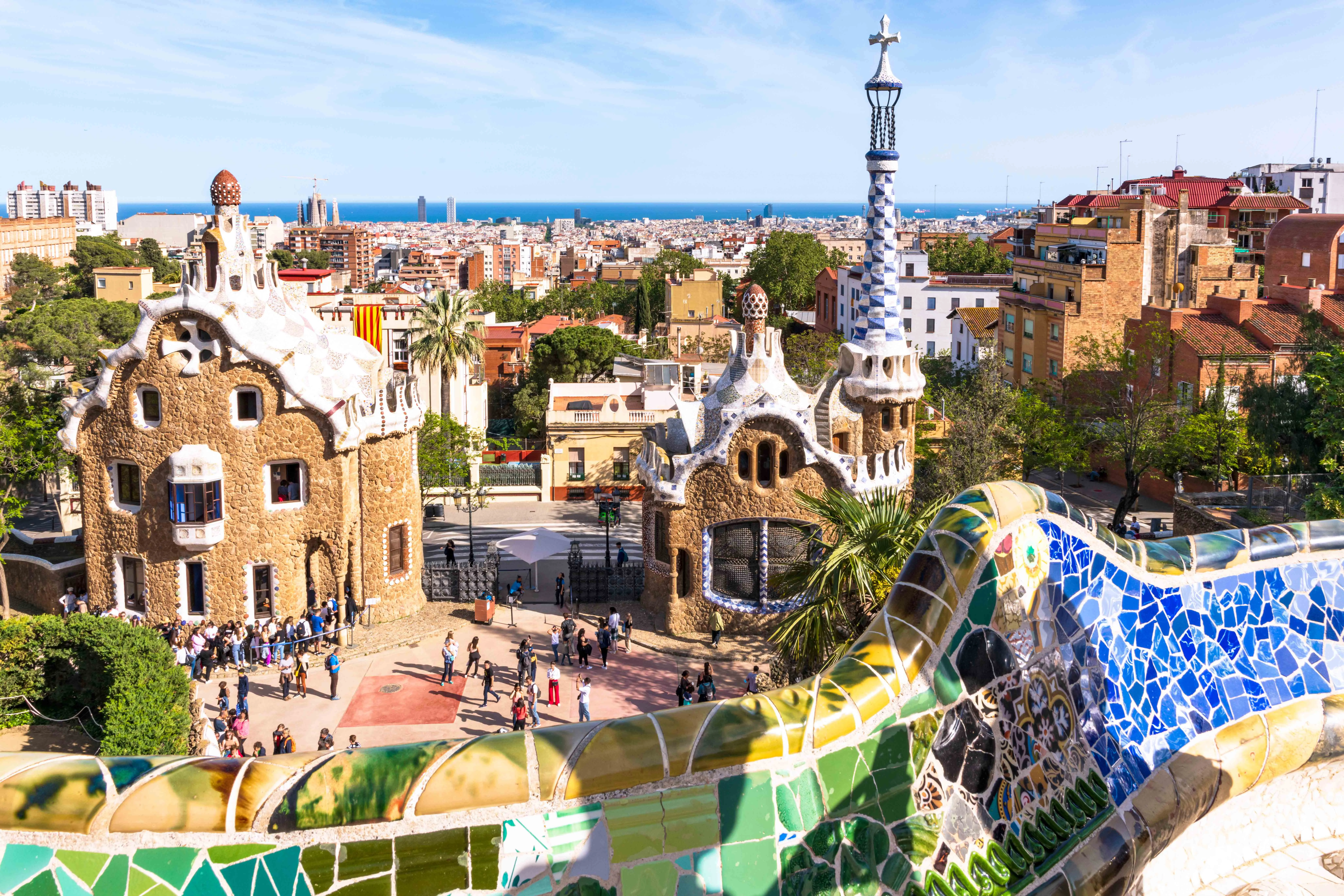
In 1906, Gaudí purchased one of the two completed houses within the park and lived there until his death in 1926.
Today, the house serves as the Gaudí House Museum, displaying his furniture, drawings, and personal artifacts.
Symbolism, Nature & Catalan Identity
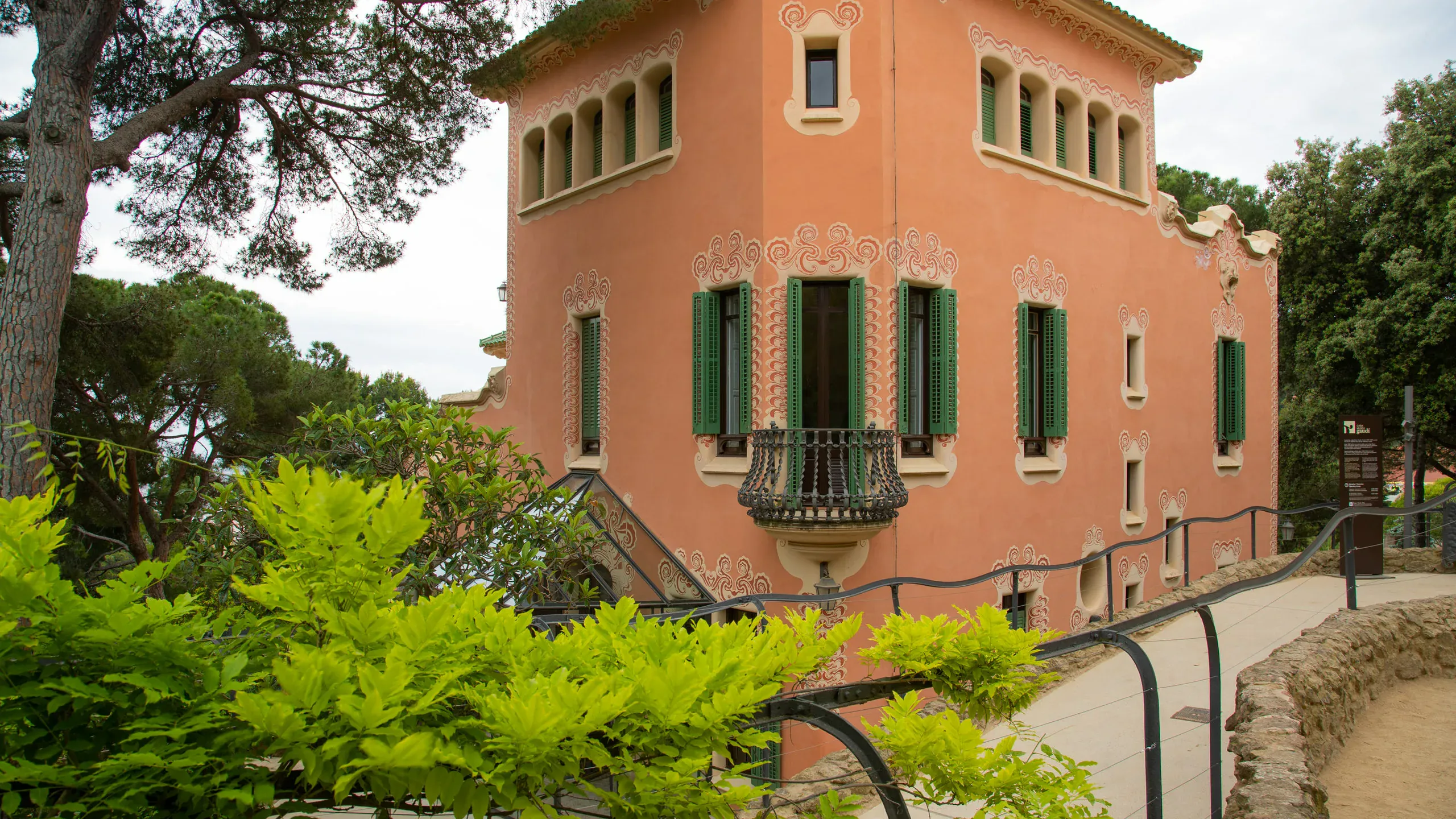
Every element of Park Güell reflects Gaudí’s symbolic language — from religious and mythological motifs to expressions of Catalan identity and natural harmony.
The park’s structures mimic natural forms such as trees, caves, and animals, creating a seamless blend of landscape and architecture.
Transition into a Public Park
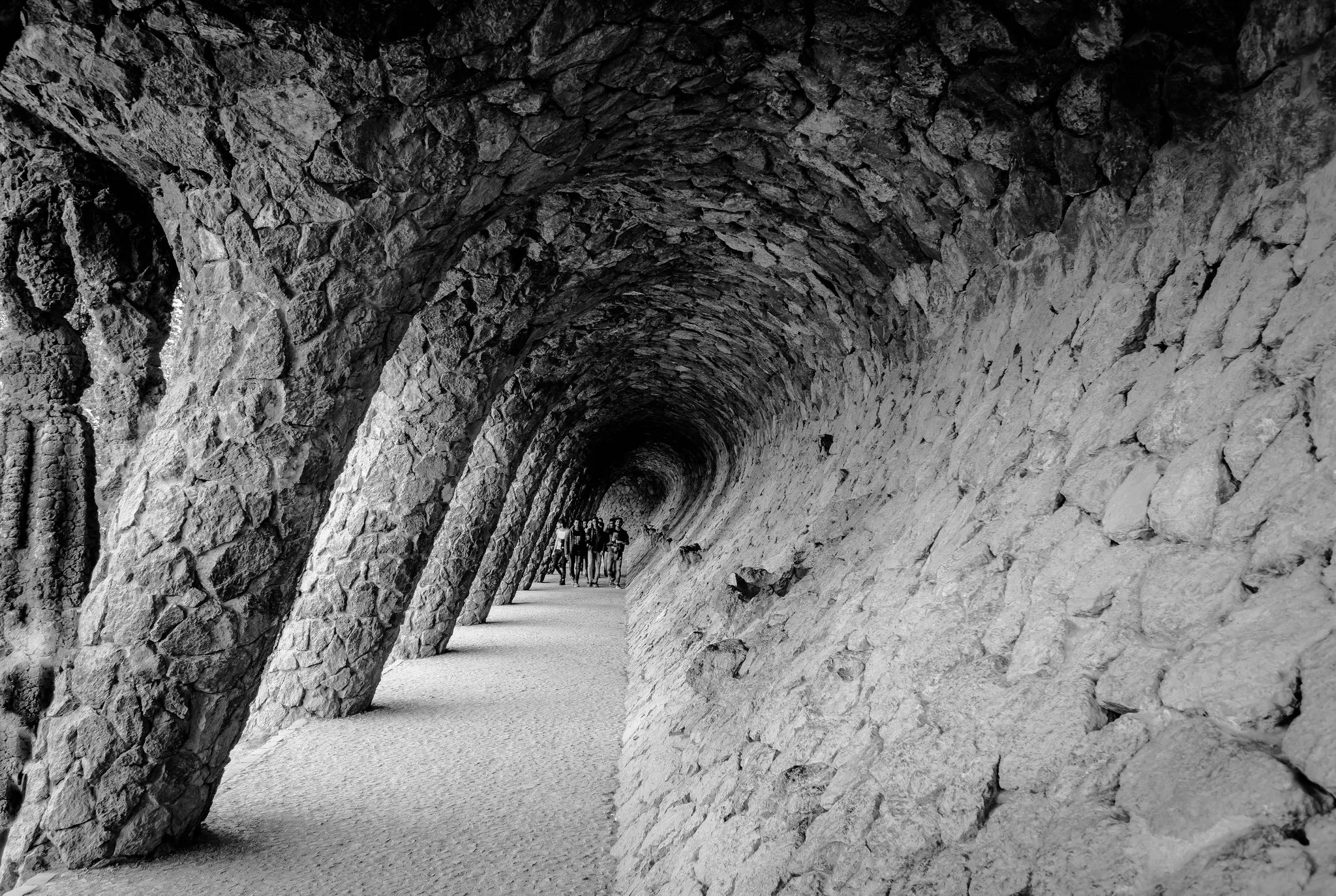
After Eusebi Güell’s death in 1918, his heirs offered the estate to the Barcelona City Council, which acquired it in 1922.
Park Güell officially opened to the public in 1926 — the same year Gaudí passed away — marking its transformation from private project to civic landmark.
Restoration & Preservation Efforts
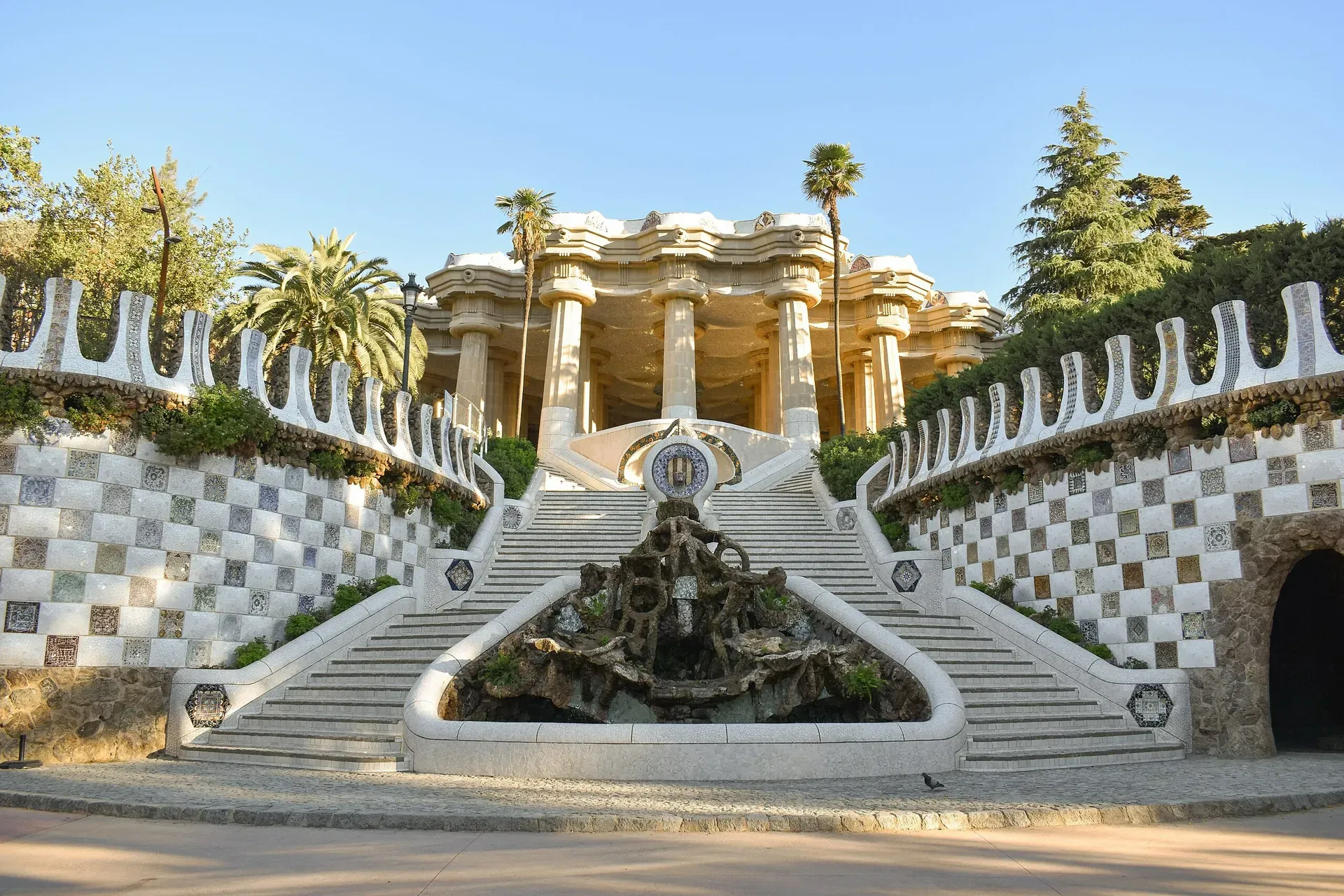
Throughout the 20th and 21st centuries, extensive restoration has been undertaken to preserve the mosaics, columns, and garden structures damaged by time and tourism.
Modern conservation projects focus on sustainability, accessibility, and safeguarding Gaudí’s original vision.
UNESCO World Heritage Recognition
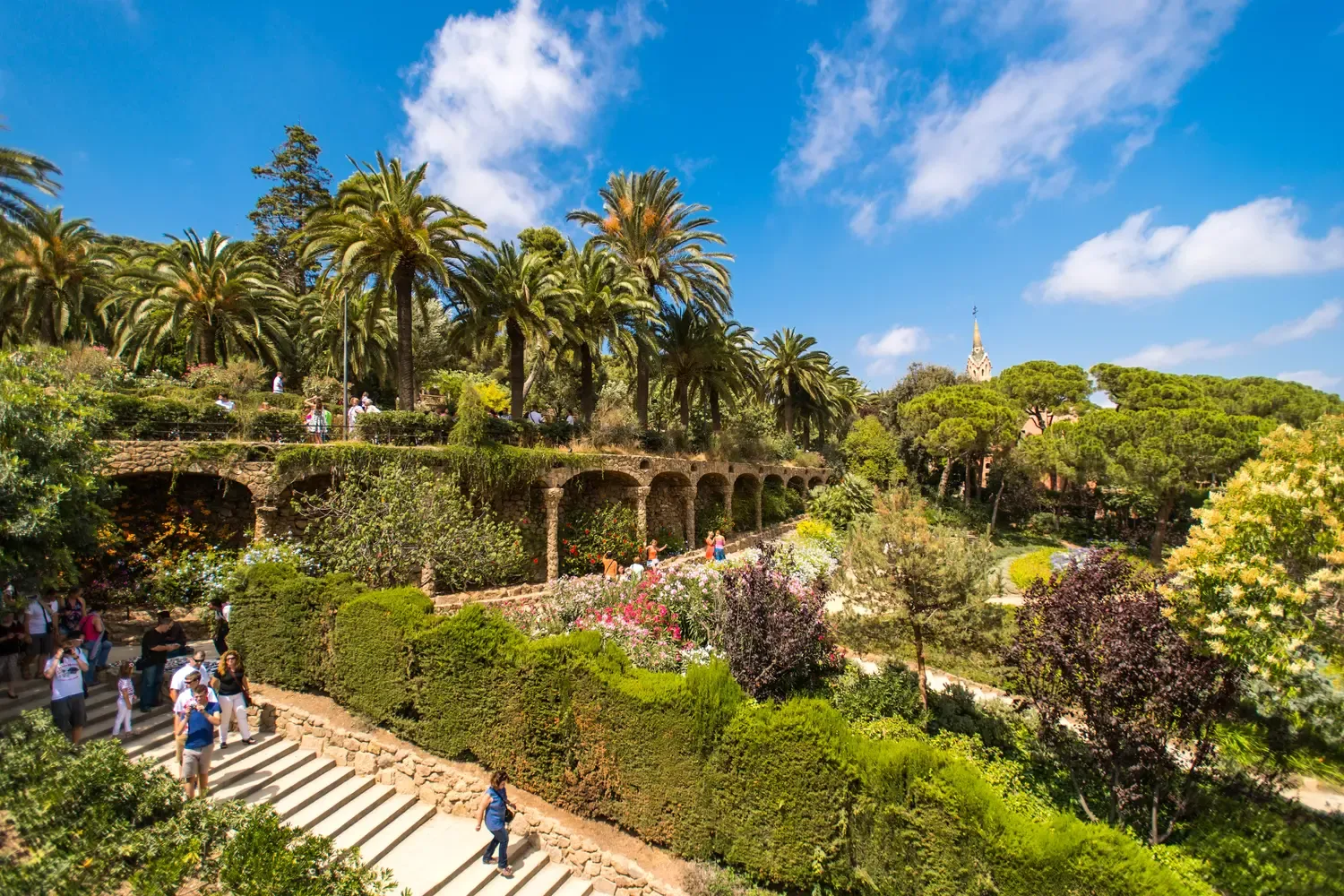
In 1984, Park Güell was inscribed as part of the UNESCO World Heritage Site ‘Works of Antoni Gaudí’, acknowledging its exceptional contribution to Modernist architecture.
This recognition elevated the park as a global symbol of creativity and innovation in architectural design.
Evolution of the Visitor Experience
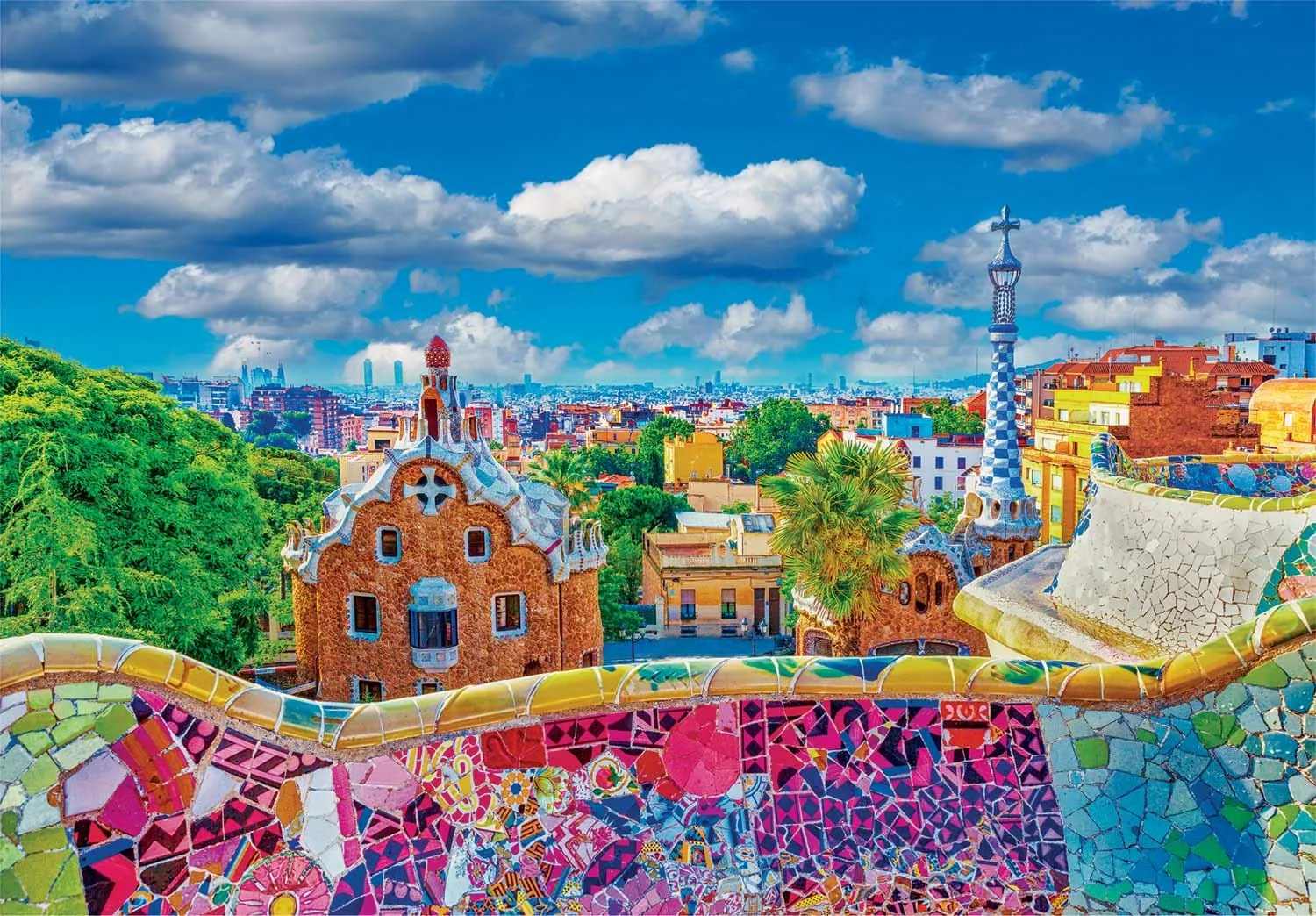
From its early days as a quiet local park to its current status as a major tourist attraction, Park Güell has evolved alongside Barcelona’s cultural identity.
Efforts to manage visitor flow and protect its fragile environment ensure a balanced experience between heritage and tourism.
Digital Preservation & Future Projects
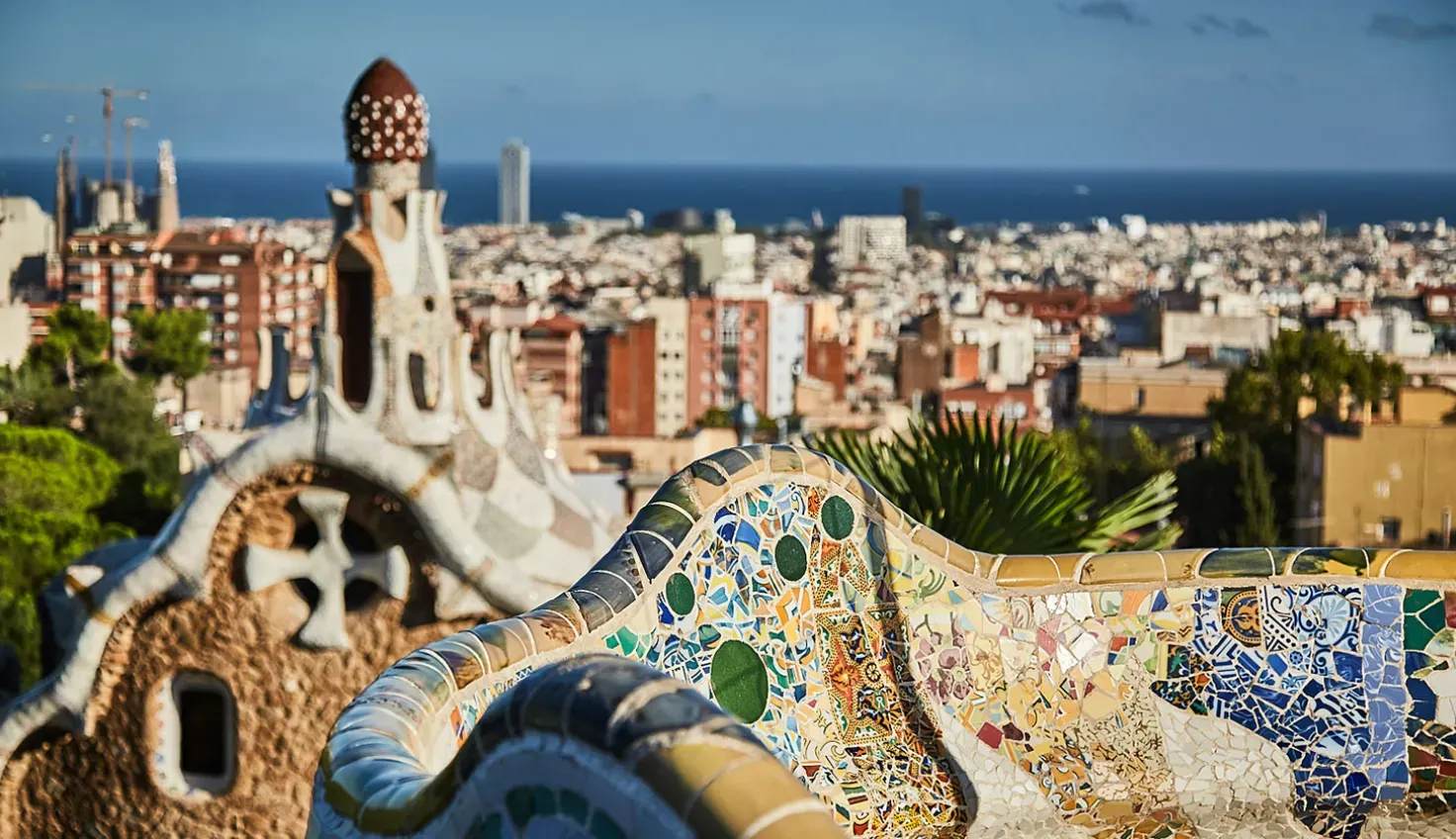
New digital initiatives — including 3D mapping, virtual tours, and augmented reality — are making Park Güell’s architecture more accessible worldwide.
Future projects aim to merge innovation with preservation, ensuring Gaudí’s legacy continues to inspire generations.
Park Güell in Modern Culture
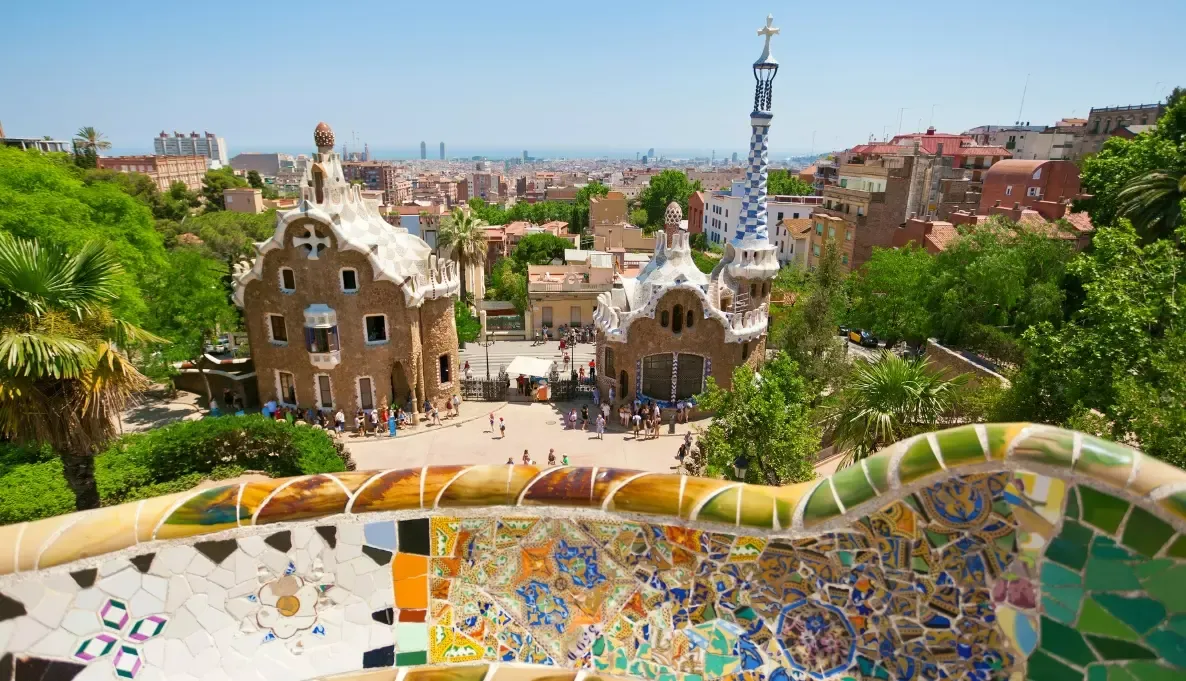
Park Güell’s fantastical design has appeared in countless films, artworks, and media, influencing artists and architects across the world.
Its imagery has become synonymous with Barcelona itself — a testament to Gaudí’s enduring genius.
References & Resources
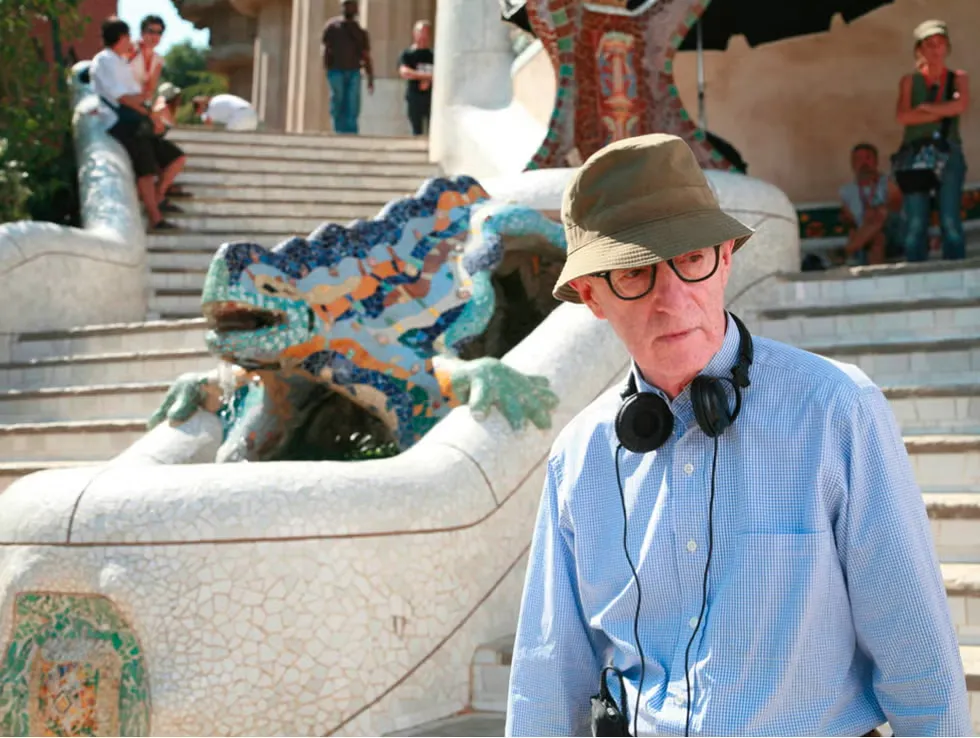
To delve deeper into Park Güell’s history and significance, explore the following recommended sources and resources.
These include academic books, journal articles, and official websites offering detailed insights into Gaudí and his masterpiece.
Table of Contents
Origins & Early Vision

At the turn of the 20th century, industrialist Eusebi Güell commissioned Antoni Gaudí to design an exclusive residential garden city inspired by the English Garden City movement.
The project aimed to combine nature, architecture, and urban planning in a single cohesive space overlooking Barcelona.
Eusebi Güell’s Ambitious Project

Eusebi Güell, a wealthy patron and admirer of Gaudí, envisioned a utopian community for Barcelona’s elite set amid landscaped gardens.
Gaudí was tasked with creating 60 luxury plots surrounded by communal spaces, winding paths, and panoramic terraces.
Construction & Gaudí’s Design (1900–1914)

Construction began in 1900 and continued until 1914, featuring innovative engineering and artistic experimentation.
Despite Gaudí’s visionary work, the project failed commercially — only two houses were built, and the park was never completed as a residential estate.
Architectural & Artistic Features

Gaudí’s design integrated Catalan Modernism with organic architecture, blending natural forms, structural ingenuity, and colorful trencadís mosaics made from recycled ceramics.
Iconic elements such as the dragon fountain, Hypostyle Hall, and serpentine bench exemplify his fusion of art, nature, and functionality.
Gaudí’s Residence at the Park

In 1906, Gaudí purchased one of the two completed houses within the park and lived there until his death in 1926.
Today, the house serves as the Gaudí House Museum, displaying his furniture, drawings, and personal artifacts.
Symbolism, Nature & Catalan Identity

Every element of Park Güell reflects Gaudí’s symbolic language — from religious and mythological motifs to expressions of Catalan identity and natural harmony.
The park’s structures mimic natural forms such as trees, caves, and animals, creating a seamless blend of landscape and architecture.
Transition into a Public Park

After Eusebi Güell’s death in 1918, his heirs offered the estate to the Barcelona City Council, which acquired it in 1922.
Park Güell officially opened to the public in 1926 — the same year Gaudí passed away — marking its transformation from private project to civic landmark.
Restoration & Preservation Efforts

Throughout the 20th and 21st centuries, extensive restoration has been undertaken to preserve the mosaics, columns, and garden structures damaged by time and tourism.
Modern conservation projects focus on sustainability, accessibility, and safeguarding Gaudí’s original vision.
UNESCO World Heritage Recognition

In 1984, Park Güell was inscribed as part of the UNESCO World Heritage Site ‘Works of Antoni Gaudí’, acknowledging its exceptional contribution to Modernist architecture.
This recognition elevated the park as a global symbol of creativity and innovation in architectural design.
Evolution of the Visitor Experience

From its early days as a quiet local park to its current status as a major tourist attraction, Park Güell has evolved alongside Barcelona’s cultural identity.
Efforts to manage visitor flow and protect its fragile environment ensure a balanced experience between heritage and tourism.
Digital Preservation & Future Projects

New digital initiatives — including 3D mapping, virtual tours, and augmented reality — are making Park Güell’s architecture more accessible worldwide.
Future projects aim to merge innovation with preservation, ensuring Gaudí’s legacy continues to inspire generations.
Park Güell in Modern Culture

Park Güell’s fantastical design has appeared in countless films, artworks, and media, influencing artists and architects across the world.
Its imagery has become synonymous with Barcelona itself — a testament to Gaudí’s enduring genius.
References & Resources

To delve deeper into Park Güell’s history and significance, explore the following recommended sources and resources.
These include academic books, journal articles, and official websites offering detailed insights into Gaudí and his masterpiece.